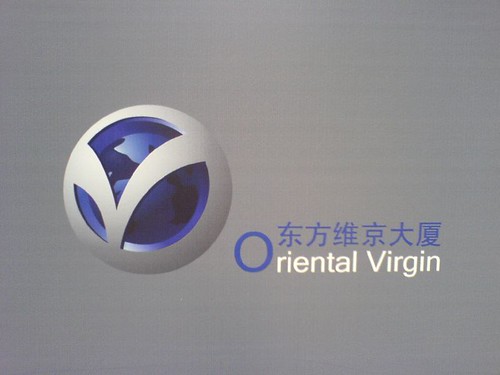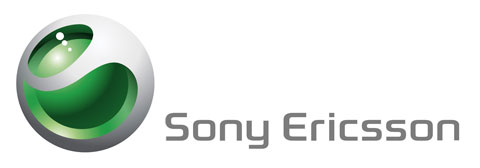
In 2006, Bono and Bobby Shriver created the (RED) campaign to raise money for the
Global Fund to Fight Aids, Tuberculosis, and Malaria. The initiative (the campaign insists it's a
brand, not a
charity) teamed up with a bunch of major international firms that agreed to design, market, and sell (RED)-branded products. Portions of the companies' pre-tax profits are then channelled to the Global Fund. Current corporate partners include
American Express,
Converse,
Gap,
Emporio Armani,
Motorola and
Apple. So if you buy a (RED)
iPod or (RED)
panties, Apple or Gap will respectively give some money to the poor Africans who can't afford either item.
(RED) has been hailed as a creative, market-based solution to financing the Global Fund. Theoretically, the campaign could raise serious money for the Global Fund as long as partner companies' bottom lines are continously met. As Shriver told the
New York Times in 2006, "We want [our partner companies] to make money. We don’t want anyone to be thinking, ‘I’m not making money on this thing,’ because then we failed. We want people buying houses in the Hamptons based on this because, if that happens, this thing is sustainable.” The campaign raises money by playing off of the self-interest of corporations and the vanity of consumers (perhaps (RED)
phones will be the new LiveStrong bracelets?). Furthermore, consumers do not have to change their behavior--they're already buying iPods, phones, and
sneakers. Why not buy the (RED) ones and give money to charity without having to actually donate money ? Capitalism at its finest.

On the other hand (RED) also has it's share of critics. Recently,
WPI launched
BUY (LESS) CRAP, a campaign aimed at "rejecting the ti(red) notion that shopping is a reasonable response to human suffering." According to
Ann Handley,
WPI founder Ben Davis says his big beef is that the donations aren't transparent: "When donations are based on percentages of profit and the accounting methods are not transparent, you can spend $100 on a (RED) product with the notion that you're helping to save lives in Africa—but there is no assurance that any of that $100 will actually reach the cause. Not one (RED) cent."
According to Project (RED), the campaign has raised over $20 million for the Global Fund, certainly a substantial amount of money that may go a long way in the developing world. At the same time, that sum pales in comparison to the $100 million that that Davis reasonably projects must have been spent by (RED) partner companies on marketing since the project's inception.
It appears that (RED) partner companies' marketing budgets probably could have gone further if the companies just donated the money directly to the Global Fund. What remains to be seen, however, is whether or not (RED) will gain enough momentum to be a sustainable source of finance for the Fund. (RED), therefore, needs to snowball into a trend, or it will be a wasted effort. One of the largest problems facing (RED) is the fact that consumers don't seem to assosciate it with a cause. There simply isn't enough buzz, and the marketing doesn't really provide consumers with any information about the HIV/AIDS pandemic or the Global Fund. Most (RED) television spots only point to the cryptic
joinred.com link, and as
Seven87 points out:
The joinred.com link doesn’t even talk about the issues, it just has a sparse page with the 6 RED branded products. The “Manifesto” has an overview, but only the “Global Fund” link has any info on the issues… A single page with the issues. Even the information design of the animation with drill down data was not as compelling as it could be.
Perhaps they didn’t want to go overboard on the scary/sad messages, but it still seems rather underwhelming. They really aren’t educating anyone. They aren’t even playing the “ace card” that charities have… emotional and guilt triggers.
Finally, (RED) products just aren't that cool. Advertising your charitable inclinations is simply not trendy. Consumers are searching for products that are their social values (ie: Toyota Prius, American Apparel), not just branded to represent their values. Perhaps (RED) is just too much like it's creator, Bono. Cool for awhile, but ultimately overly persistent, lacking in substance, and not something that hip people would be caught dead assosciating with.
Labels: business, charity, international affairs, marketing, project (red), trends
 Recently, techies at the University of Oslo built an evolutionary computer that changes the design of it's own hardware using genetic algorithms to optimize performance. This is pretty amazing, considering the now-present possibilities for the rapid evolution of Strong AI by having computers design themselves. It reminds me of Ray Kurzweil talks about the singularity:
Recently, techies at the University of Oslo built an evolutionary computer that changes the design of it's own hardware using genetic algorithms to optimize performance. This is pretty amazing, considering the now-present possibilities for the rapid evolution of Strong AI by having computers design themselves. It reminds me of Ray Kurzweil talks about the singularity:
































